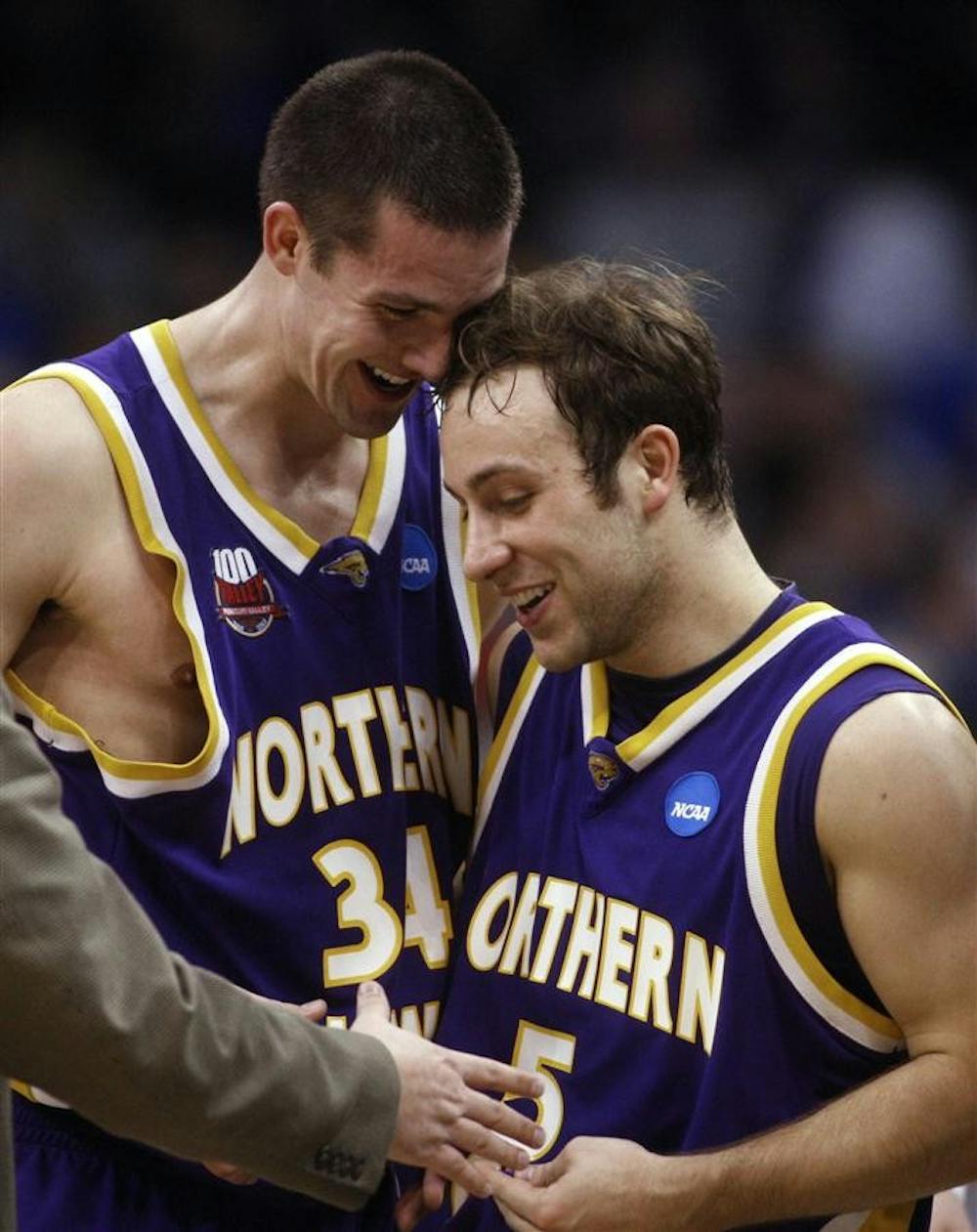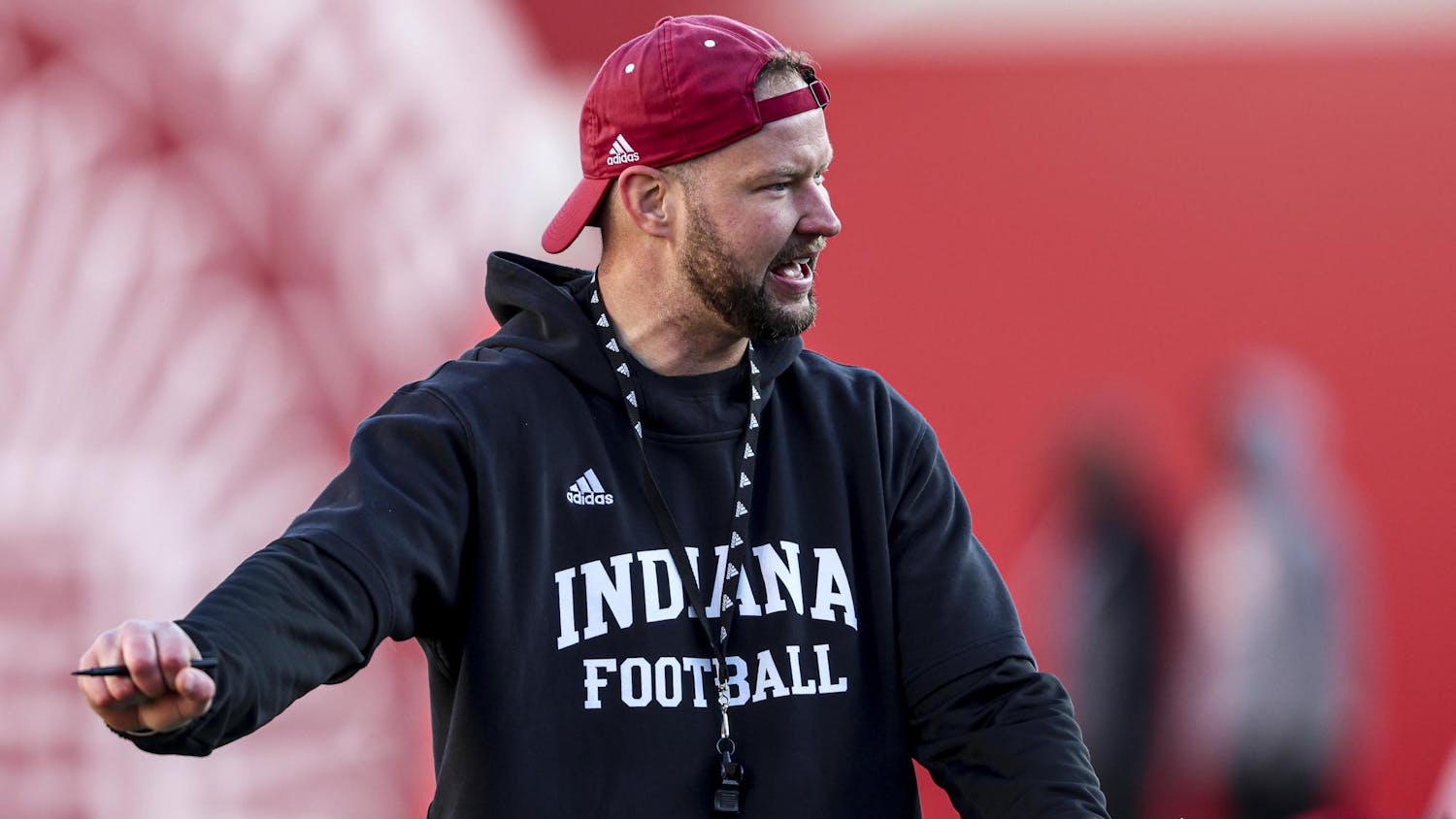In the midst of the dancing shoes and excessive Cinderella slippers this year, I’d like to throw one suggestion — a plea, rather — to athletics directors, presidents, NCAA officials and others having influence regarding the format of the Division I postseason:
For all that we love about this great month and the college hardwood, don’t expand to 96 teams.
This isn’t football. Not everyone can nor should go basketball bowling in March.
Right now, in our current tourney format, we have room for a major upset or two and an occasional middle-tier team to advance to the Final Four. Just for giggles, throw it in that there are an adequate number of large bids for teams from non-power conferences.
Sixty-five is nice. But do you know what is great about 65?
It’s not 96. End of story.
There’s a reason we call it March Madness and not March Bizarreness. Seriously, who wants or has the desire to see the middle-tier team from the WAC exit the first Thursday or Friday with a 40-point loss to Kentucky or Syracuse? Do we really want to see an Illinois team with less than 20 wins dance into the first round? It’s really as simple as this: If the tournament expands, it loses credibility. It loses that aura. It loses “it.” The intangibles make this 65-team, one-and-done tournament the best postseason in sports.
NBA Playoffs? Not even close. Not when you can simply show up the next night or two evenings later for another chance due to the best of seven format. The Super Bowl? Closer, but its madness only lasts for one night. The World Cup? Maybe if it weren’t soccer.
There’s a reason teams such as Northern Iowa, Murray State and Old Dominion pulled the upsets they did and overachieved in the postseason: Conference tournaments and regular season play showed they deserve to be in the conversation and they have the ability to compete with the Goliaths.
We saw Cornell, which earned its way into the school’s inaugural Sweet Sixteen appearance Sunday, take Kansas to the final seconds at Allen Fieldhouse in January. Now, would there be some upsets on the part of mid-major normally qualifying for the field of 96? Probably, but why have motivation to compete in the regular season if it’s known a relatively talented team can coast through the season?
“Some are very, very open-minded about the possibility,” said Dan Guerrero, 2010 NCAA Tournament Selection Committee chairman and UCLA athletics director. “Some don’t want to see it.”
The previous, and what should be the final, expansion to 65 teams occurred in 1985. Since then, Syracuse coach Jim Boeheim’s Orange have played in two title games, losing to IU in 1987 and beating Kansas in 2003. Boeheim remains one of the most vocal advocates of the tournament’s expansion and said that any coach against it is “in the wrong business.” From a job security position, maybe. That’s understandable from a monetary and stability standpoint.
But look at what the NCAA has going for it: an estimated $700 million in revenue each March during the next three years thanks to its contract with CBS Sports. Basketball wise, 65 teams allows it to balance automatic and at-large bids.
With expansion comes questions. Would CBS renew the mammoth contract for 2014 and beyond if 96 teams became the norm, with the possibility of lower ratings in the early rounds?
Jersey Shore or IU-Southeast vs. Duke? Tough one, but I’d rather spend my evening with Pauly D and J-Woww.
The bubble watch won’t disappear. If 18- or 19-win teams are on the bubble as it relates to the 65-team field, 12- or 13-win are on the bubble in the field of 96. Again, do we really want to see a sub-500 team go dancing thanks to its strength of schedule or RPI that says it simply went to Rupp Arena and got beat by 50?
That wouldn’t be mad. It would be bizarre.
Keep March mad, not bizarre by staying with 65-team tournament

Get stories like this in your inbox
Subscribe



